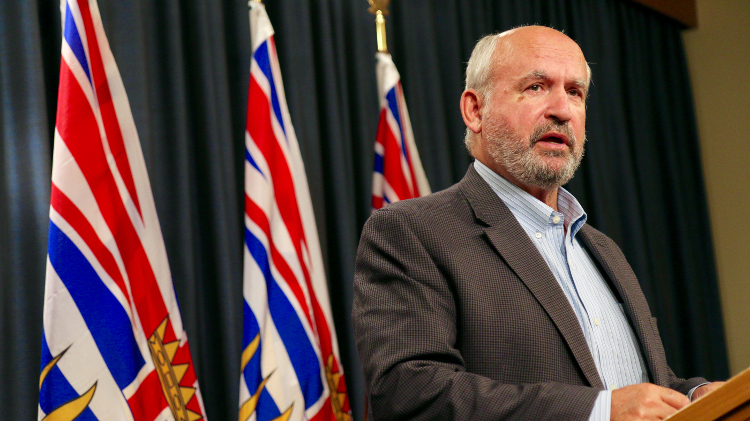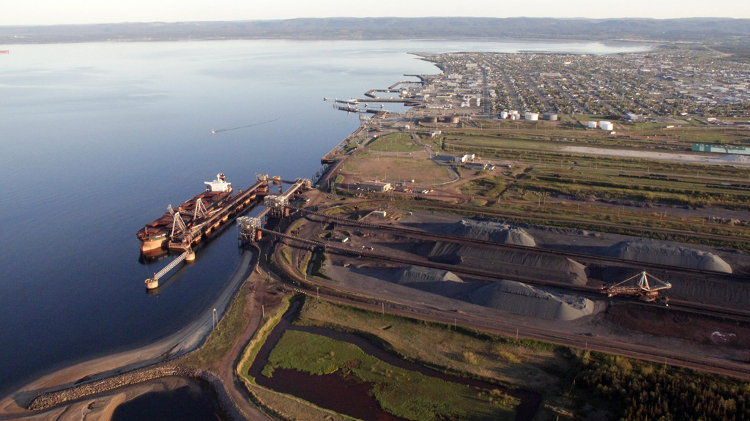Sweeping changes to British Columbia’s mining code were announced in June in what experts say is a momentous step toward preventing another disastrous tailings dam collapse like Mount Polley.
The Ministry of Energy and Mines accepted 20 of the 26 combined recommendations from an independent expert panel and the chief inspector of mines’ report. The changes include new design standards for tailings storage facilities tailored to conditions within the province, and require mines to establish an independent tailings review board (ITRB) and conduct alternative assessments. The auditor general also made 17 recommendations, which will be addressed by the ministry by the end of 2017.
“The Mount Polley disaster was unprecedented for British Columbia, but it did happen. We have now taken steps to ensure that such a disaster can never happen again,” Energy and Mines Minister Bill Bennett said through a spokesperson.
RELATED: Government and industry code changes mark two-year anniversary of Mount Polley, but public not ready to forgive
In August 2014, a massive breach at the Mount Polley mine tailings storage facility in south-central B.C. sent 24 million cubic metres of waste and water into nearby rivers and lakes. An expert panel established to investigate the cause blamed in part a layer of clay under the dam that was not considered in the original design.
Dirk van Zyl, a mining engineering professor at the University of British Columbia who served on the panel, said the mining code changes, including site characterization and downstream slope regulations and guidelines, would have made a difference in mitigating the risk of such a disaster.
“The extra set of eyes, the extra responsibility of the independent tailings review board would go a long way towards reviewing very actively and critically the design that’s proposed,” van Zyl said.
Karina Briño, president and CEO of the Mining Association of British Columbia, said the industry welcomes the changes and has been involved in consultations all along. “When it comes to safety, there is no compromise,” she said.
But the ITRBs could pose a potential challenge, she said.
“We’ve been talking about a shortage of skilled people and talent in the industry,” she said. “These boards are going to require specific expertise, they’re going to be independent, so the availability of those independent experts is something we have yet to see.”
But Chief Inspector of Mines Al Hoffman said in an email members may sit on multiple boards as long as they are not involved in the engineering of the mine site. And they can be from anywhere in the world.
Existing B.C. mines have until the end of the year to establish independent tailings review boards and to prepare water management plans and ensure all staff dealing with tailings are trained. Most other requirements under the new code took effect immediately, and going forward all new permit applications must comply with the updated standards.



